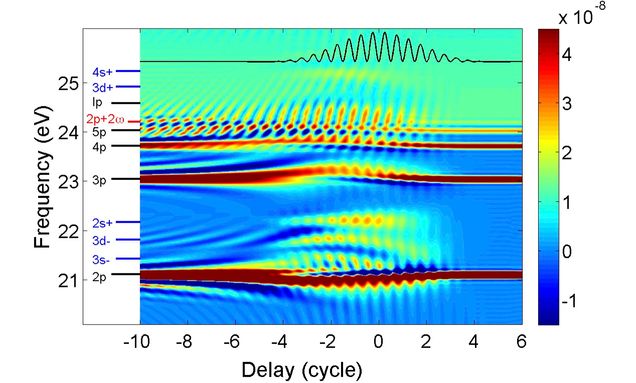In time for the start of Spring 2017 classes, BU IS&T adopted the MathWorks Total Academic Headcount (TAH) site-wide license program, giving students, faculty, staff, labs, and computing clusters unlimited access to software and licenses for MATLAB, Simulink, and 48 add-on products. MathWorks provides high-productivity tools for solving challenging mathematical, computational, and model-based technical problems including MATLAB, Simulink, and related Toolboxes.
The new license scheme is simple, making license management easier for all involved in teaching and research use. Coordinated by IS&T and IT Partners, the deployment went very smoothly. Existing licensing was not interrupted, allowing thousands of MATLAB users from at least seven colleges to transition at their own convenience.
The new MATLAB (version R2017a) is now available for download for anyone who has not yet had the opportunity to upgrade. Anyone wishing to download the software should first create a MathWorks BU Portal login. For detailed information and instructions please visit BU’s Mathworks Total Academic Headcount (TAH) license page.

Attosecond Transient Absorption (ATA) is a state-of-the-art ultrafast laser technology, and has broad applications in many fields such as atomic physics, laser optics, and molecular chemistry. This figure is a computer simulation of the ATA spectrum of Helium gas. The authors used MATLAB scripts to visualize the data and combine various plotting features in this composition.
Authors:
Shaohao Chen, IS&T Research Computing Services, Boston University, Boston, MA;
Kenneth J. Schafer, Department of Physics, Louisiana State University, Baton Rouge, LA.
